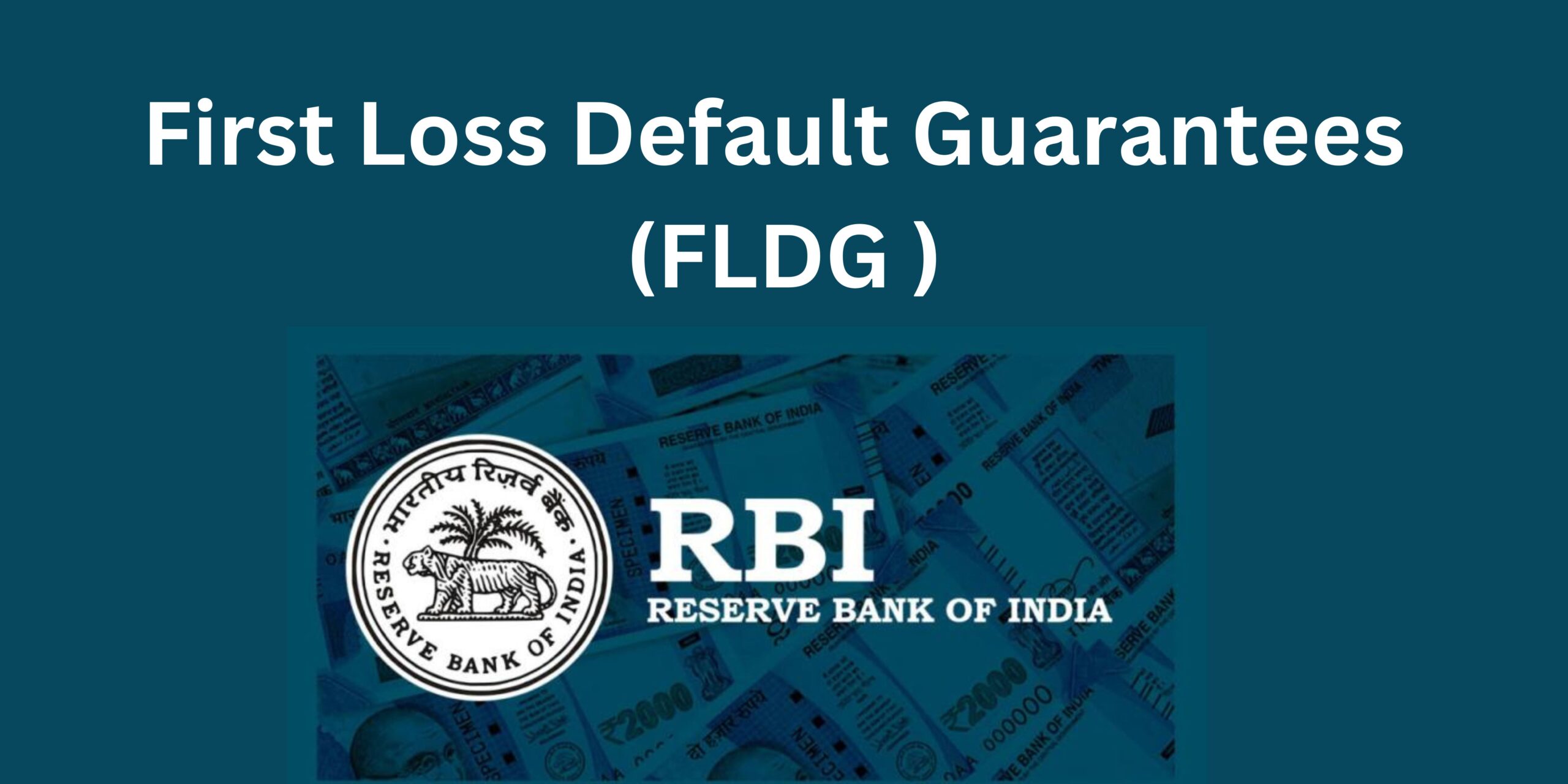Introduction
Structured finance transactions involve the pooling of assets which refers to a collection or group of assets held by an individual, organization or financial institutions often done to achieve diversification and spread risk. These transactions carry inherent credit risks, as the performance of the underlying assets determines the repayment ability of the securities. To mitigate these risks and enhance the creditworthiness of the securities, financial institutions often utilize first loss default guarantees (FLDGs). This article explores the concept of FLDGs, their role in structured finance, and their benefits in providing credit protection.
Understanding First Loss Default Guarantees
In structured finance transactions, a pool of assets, such as loans or receivables, serves as collateral for the securities issued. FLDGs are financial instruments designed to protect lenders or investors against the risk of default within the pool. These guarantees work by providing a third-party guarantor, typically a financial institution or insurer, with the responsibility of absorbing the first losses in the event of default.
The recent development of note is that the Reserve Bank of India (RBI) has given its long-awaited approval for the introduction of a first loss default guarantee (FLDG) in fintech lending platforms. This approval permits these platforms to form partnerships with banks and non-banking financial companies (NBFCs). However, the RBI has imposed a limitation on the FLDG amount, setting it at a maximum of 5% of the loan portfolio.
Under the new framework, credit guarantee for defaults can now be provided for a maximum of 5% of the loan portfolio. This guarantee must be invoked within a period of up to 120 days from the due date. Previously, entities were offering nearly 100% coverage through First Loss Default Guarantee (FLDG) to banking partners. This posed a significant risk to banks and non-banking financial companies (NBFCs) because they would grant loans with confidence, relying on the FLDG. However, in cases of defaults, the fintech platform might not have sufficient funds to compensate for the losses incurred.
For example, Suppose X wants to borrow Rs.10,00,000 from ABC Bank decides to cover the first 5% of any potential losses in the event of any default. That is if X were to default on his loan, ABC Bank would reimburse itself for up to Rs.50,000 (5% of Rs.Rs.10,00,000) from the guarantee before any further recovery efforts take place.
Enhancing Credit Quality
One of the primary benefits of incorporating FLDGs in structured finance transactions is the enhancement of credit quality. By offering a first line of defense against defaults, FLDGs reduce the credit risk associated with the securities. This makes the securities more attractive to investors, as they have a lower exposure to potential losses. The presence of an FLDG provides reassurance and increases investor confidence in the transaction.
FLDGs act as a credit enhancement mechanism that improves the credit rating of the securities. Credit rating agencies take into account the existence of FLDGs when assessing the creditworthiness of the structured finance instruments. The presence of an FLDG may lead to a higher credit rating, making the securities more marketable and potentially reducing the cost of financing for the issuer.
Risk Mitigation
FLDGs serve as a risk mitigation tool by transferring a portion of the credit risk from the investors or lenders to the guarantor. In the event of default within the pool of assets, the guarantor agrees to absorb losses up to a specified threshold. This threshold is typically a predetermined percentage of the total pool value.
The presence of an FLDG provides a safety net for investors, as the guarantor steps in to cover the defaulted portion of the assets. By absorbing the initial losses, FLDGs help prevent a domino effect, where a single default can trigger a chain reaction of further defaults. This risk mitigation feature contributes to the stability and resilience of structured finance transactions.
The industry has become divided due to the introduction of the 5% cap, which has different implications for fintech companies. These companies typically operated with a minimum FLDG level of 10% or even as high as 100%, highlighting their exposure to risk in their respective market segment. This discrepancy arises from the fact that the default rates in the fintech sector can range from 3.5% to a significant 13%.
Costs and Considerations
While FLDGs offer significant benefits, it is important to consider the associated costs and factors influencing their implementation. The cost of obtaining an FLDG is typically borne by the issuer or borrower in the form of fees or premiums paid to the guarantor. The cost depends on various factors, including the credit quality of the underlying assets, the level of risk being transferred to the guarantor, and prevailing market conditions.
The credit quality of the underlying assets is a crucial consideration in determining the cost of an FLDG. Higher-risk assets are likely to require a higher premium to obtain a guarantee, as the guarantor will be exposed to a greater potential loss. Similarly, if the credit quality of the assets is already strong, the cost of obtaining an FLDG may be lower.
Market conditions also influence the cost of FLDGs. During periods of economic stability and low default rates, the cost of guarantees may decrease due to reduced perceived risk. Conversely, in times of economic uncertainty or market volatility, the cost of FLDGs may rise as guarantors adjust their pricing to reflect the increased risk environment.
Conclusion
First loss default guarantees play a significant role in structured finance by enhancing credit protection and improving the creditworthiness of securities. By absorbing the initial losses in the event of default, FLDGs mitigate credit risk and in still confidence in investors. Careful consideration of costs and benefits is necessary to effectively incorporate FLDGs into structured finance transactions. This development brings a sense of relief to numerous fintech companies that have been facing challenges in maintaining their operations due to the stringent digital lending guidelines enforced by the RBI in the past year.

(This article is written by Janet Srinidhi M, Audit Executive at R V K S And Associates)
